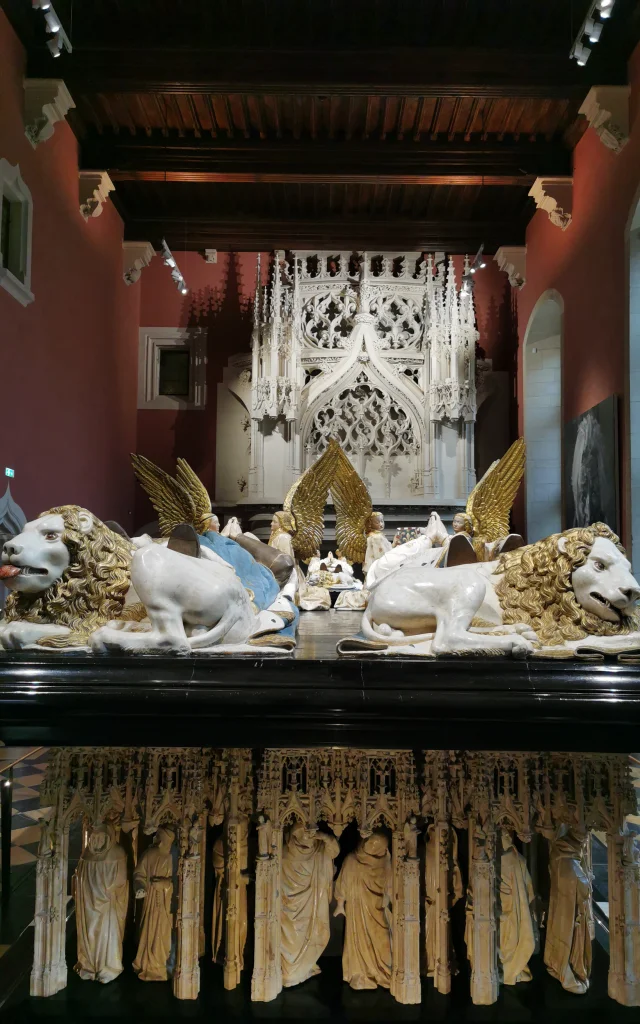 Musee Beaux Arts Dijon Tombeaux
Musee Beaux Arts Dijon Tombeaux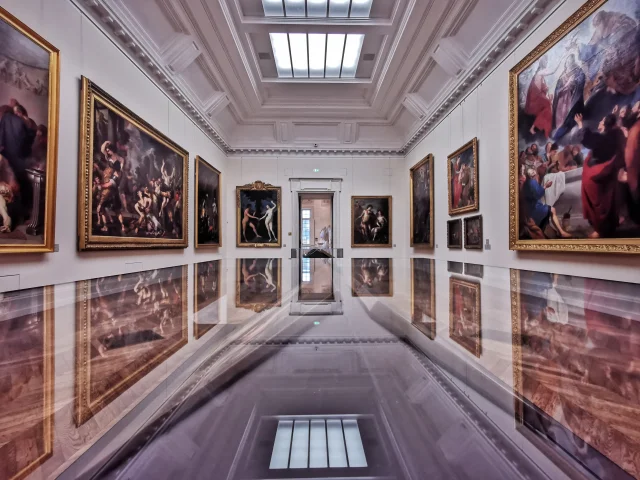 Dijon Musee Beaux Arts
Dijon Musee Beaux Arts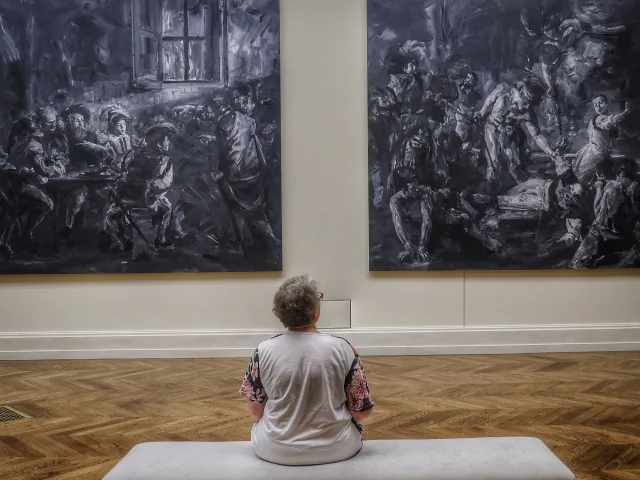 Musee Beaux Arts Dijon
Musee Beaux Arts Dijon PHB
PHB Musee Beaux Arts Dijon Tombeaux
Musee Beaux Arts Dijon Tombeaux Dijon Musee Beaux Arts
Dijon Musee Beaux Arts Musee Beaux Arts Dijon
Musee Beaux Arts DijonLocated in the heart of the Dukes’ Palace, Dijon’s Musée des Beaux-Arts is one of France’s oldest museums. It houses an exceptional collection ranging from the Middle Ages to the present day. The visit also includes an opportunity to explore the Palais des Ducs, former seat of the powerful Dukes of Burgundy. And don’t forget: admission is free. All these marvels without paying a cent.
Use your morning energy to visit this exceptional site. At midday, make a reservation at the Museum’s brasserie, then take time for a coffee break on the benches of the pretty Place des Ducs e Bourgogne.
 Musee Beaux Arts Dijon Place
Musee Beaux Arts Dijon Place Cite Gastronomie Dijon Expo Rotated
Cite Gastronomie Dijon Expo Rotated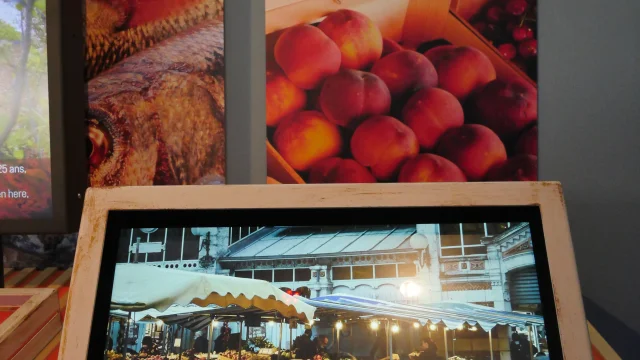 Cite Gastronomie Dijon Interactive Rotated
Cite Gastronomie Dijon Interactive Rotated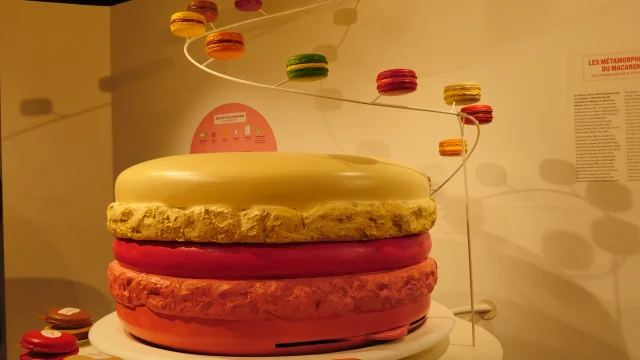 Expo Cite Gastronomie Dijon Rotated
Expo Cite Gastronomie Dijon Rotated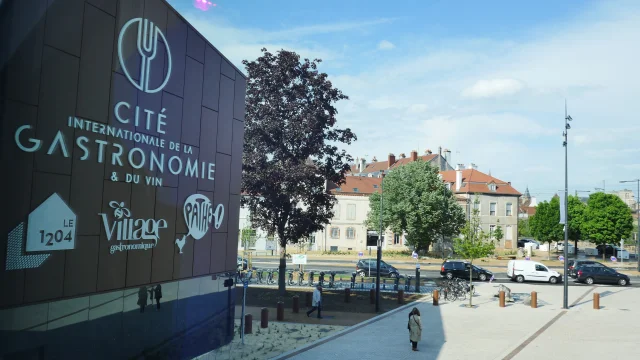 Cite Gastronomie Dijon
Cite Gastronomie DijonThe Cité Internationale de la Gastronomie et du Vin is a must for food lovers. It is home to the Ferrandi school, which trains the great chefs of tomorrow. For the general public: tastings with theBurgundy Wine School, which has a tasting room on the ground floor, culinary workshops, exhibitions and restaurants to discover Burgundy know-how and the wealth of local produce.
You can bring your children along on the tour. The tour is highly visual and fun. And when it’s time for an aperitif, head to the Village for a safe, relaxing moment for the little ones.
Housed in a 17th-century mansion, the Musée Magnin is one of Dijon’s hidden gems. It features an impressive collection of paintings and objets d’art assembled by the Magnin family. An intimate tour invites you to explore this house-turned-museum. Admission to the Musée Magnin is free, as it is to the Musée des Beaux Arts.
Remember the scene that caused controversy at the Opening Ceremony of the Paris 2024 Games? There was absolutely no question of the Last Supper, but of a meal of the Gods, which is to be found in its pictorial version. Jan van BIJLERT’s “Feast of the Gods” is well worth admiring and, above all, examining for similarities with Thomas Jolly’s staging of Philippe Katherine as Bacchus.
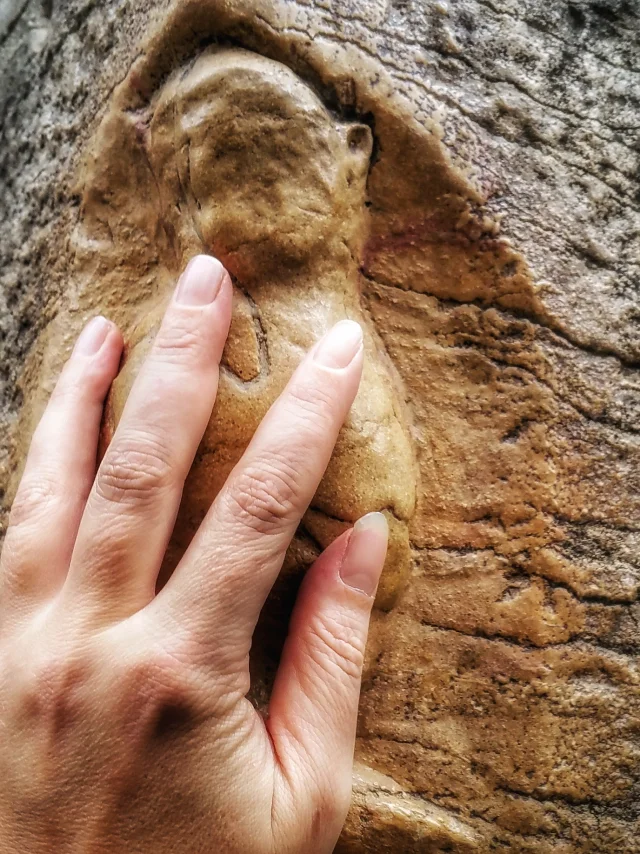 Chouette Dijon
Chouette DijonAn emblematic symbol of Dijon, the owl sculpted on the Notre-Dame church has given its name to a unique tourist itinerary. The Owl Trail allows you to discover the city’s must-sees by following the markings on the ground. A fun and original way to explore Dijon on foot. Anecdotes about the city of the Dukes of Burgundy punctuate your discovery. Let your children guide you, and they’ll find it a delight for budding explorers.
The tour takes place with your cell phone. You can stop whenever you like. And why not take advantage of the opportunity to enjoy an ice cream behind Notre-Dame church, a stone’s throw from the Maison Magnien where Cyrano de Bergerac left his mark. Don’t forget to do a little shopping at the Fallot mustard store before returning to Beaune to visit the factory.
For a breathtaking view of Dijon, climb the 316 steps of the Tour Philippe le Bon. From its 46-metre height, this 15th-century tower offers an exceptional panorama of the city’s rooftops and the surrounding Burgundy countryside. You’ll be impressed by the colorful Burgundian roofs and spires of Dijon’s churches.
Dijon Tourist Office offers aperitifs at the top of the tower in the early evening. Don’t miss this magical moment.
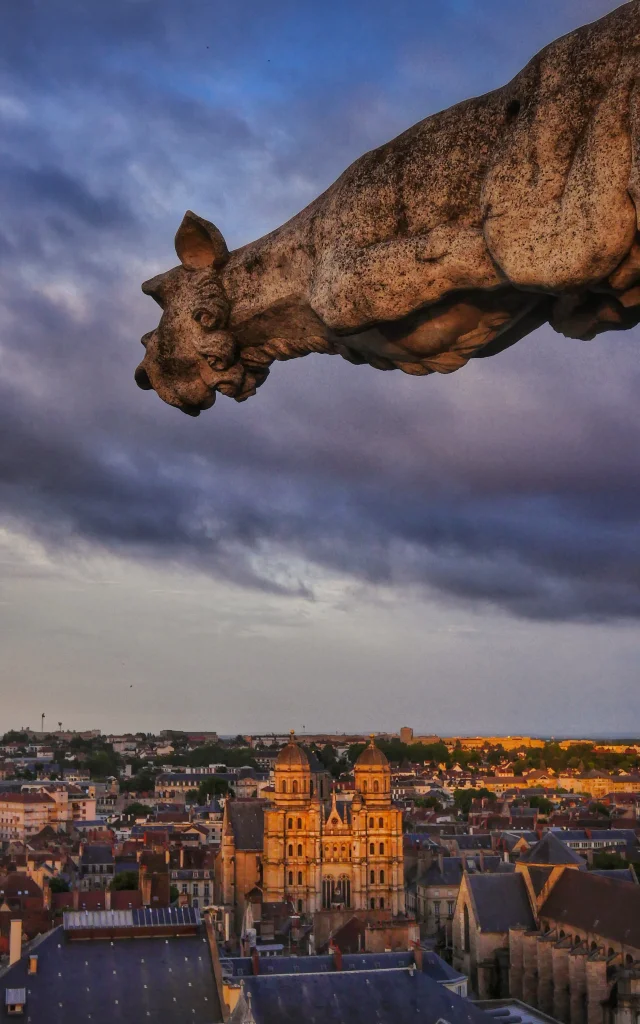 Tour Philippe Le Bon Dijon View
Tour Philippe Le Bon Dijon View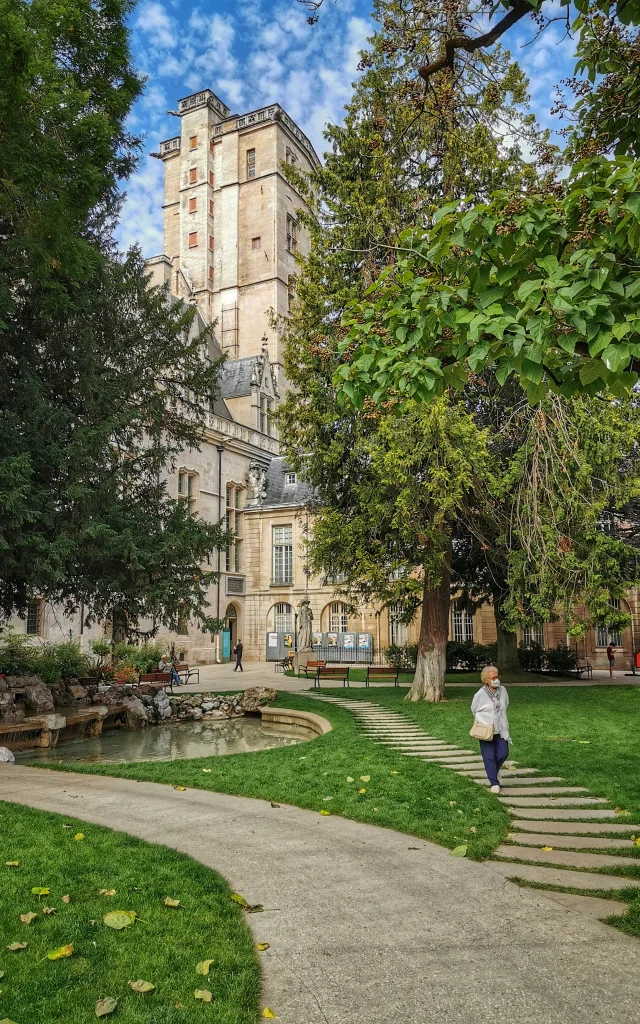 Place Ducs Dijon
Place Ducs Dijon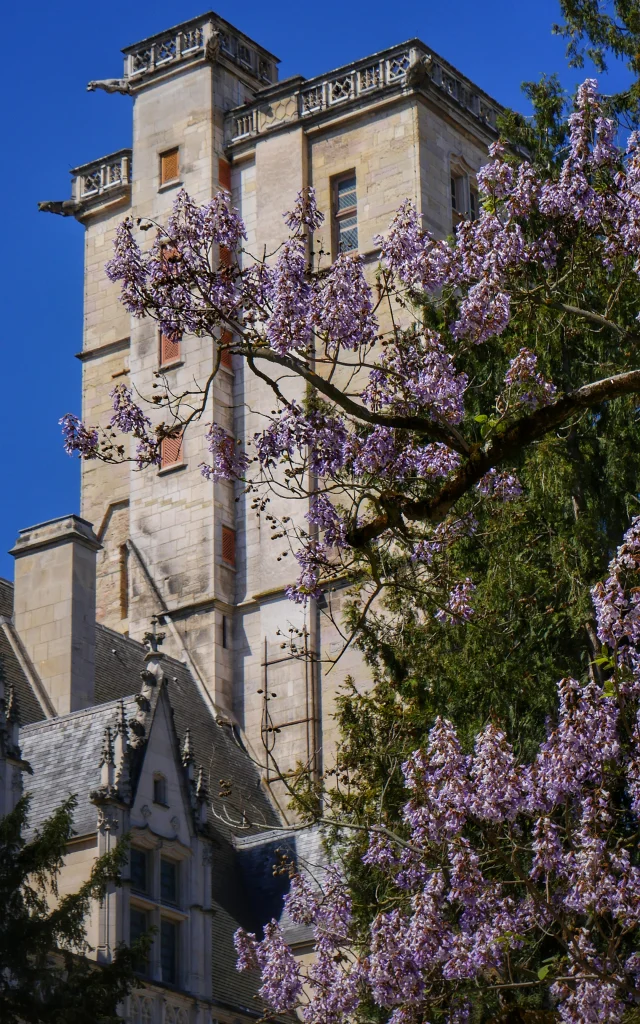 Tour Philippe Le Bon Dijon
Tour Philippe Le Bon DijonYou’ll know you’ve arrived at the sight of a gigantic elephant. If you’re curious about natural history, you’ll be delighted. The Muséum presents exhibitions on biodiversity and natural history, while the Jardin Botanique de l’Arquebuse offers a bucolic stroll among rare plant species.
Just a 2-minute walk from the station, the botanical garden is the perfect place to take a lunch break while catching your connecting train. There are no stairs, just a gentle slope at the entrance to the park, and benches to relax on.
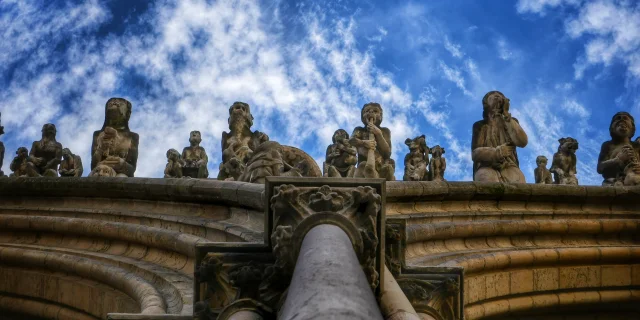 Notre Dame Dijon gargoyle
Notre Dame Dijon gargoyleDijon’s Notre-Dame church is a masterpiece of Burgundian Gothic architecture. Don’t miss the chance to admire its magnificent facade adorned with gargoyles and, above all, to stroke the owl carved on one of its buttresses, supposed to bring good luck! But be sure to use the right hand and look the right way.
If you’re passing through on a Tuesday, Friday or Saturday, take advantage of your visit to Dijon to discover the weekly Dijon market and its halles, built in 1873-1875 to Eiffel plans. You won’t want to miss the atmosphere in this 100% pedestrianized city center.
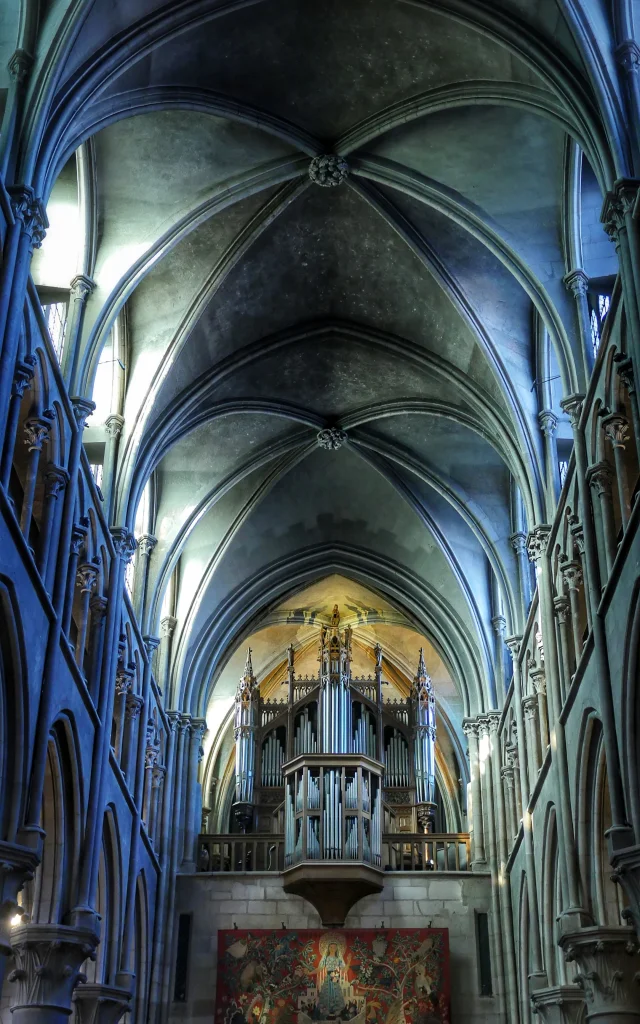 Notre Dame Dijon Interior
Notre Dame Dijon Interior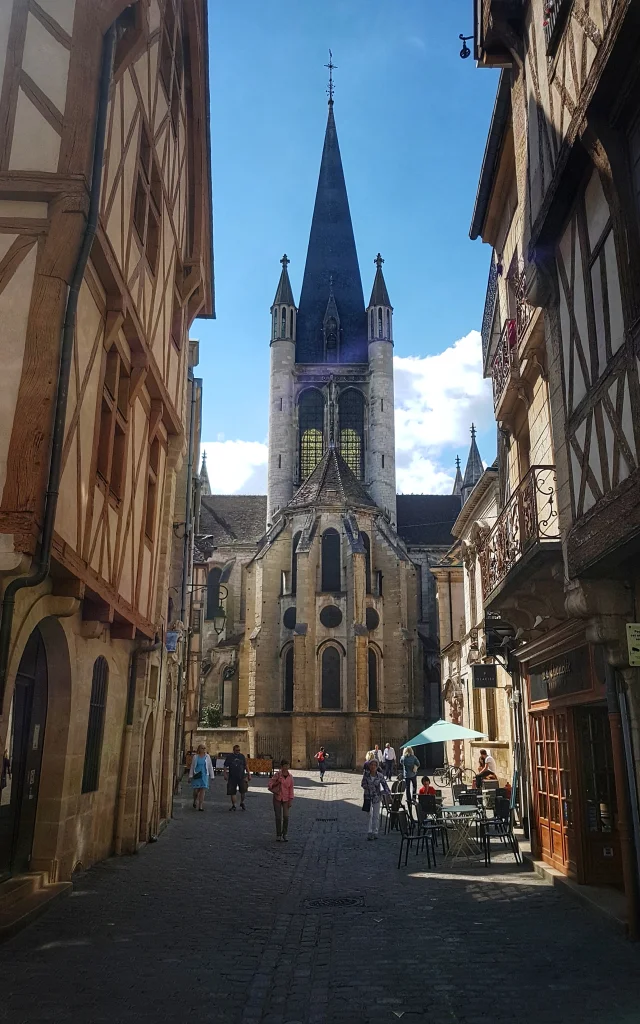 Notre Dame Dijon
Notre Dame DijonThe city of Dijon has long since embraced the concept of sustainable cities. Pedestrians and bicycles can enjoy the city center in harmony, far from cars, which can be accommodated in the parking lots set up near the city center. From the city center to the various parks, the distance is easy to cover on the always interesting streets of this beautiful metropolis in Burgundy-Franche-Comté. And if you’re a little further afield, the cycle paths, streetcars and buses will take you there with ease. The Darcy garden, with its reservoir and pond featuring imposing sculptures, the Parc du Drapeau on the way up to the Toison d’or, the Carrières Bacquin with its unleveledThe Parc de la Colombière, with its urban forest feel.
On foot, the parks are a little far from the city center, apart from the Jardins Darcy and the Jardins de l’Arquebuse. Hire a bike and you’ll be able to access the natural wonders of Dijon’s parks. Active Tours, based in Beaune, also rents bikes in the regional capital.